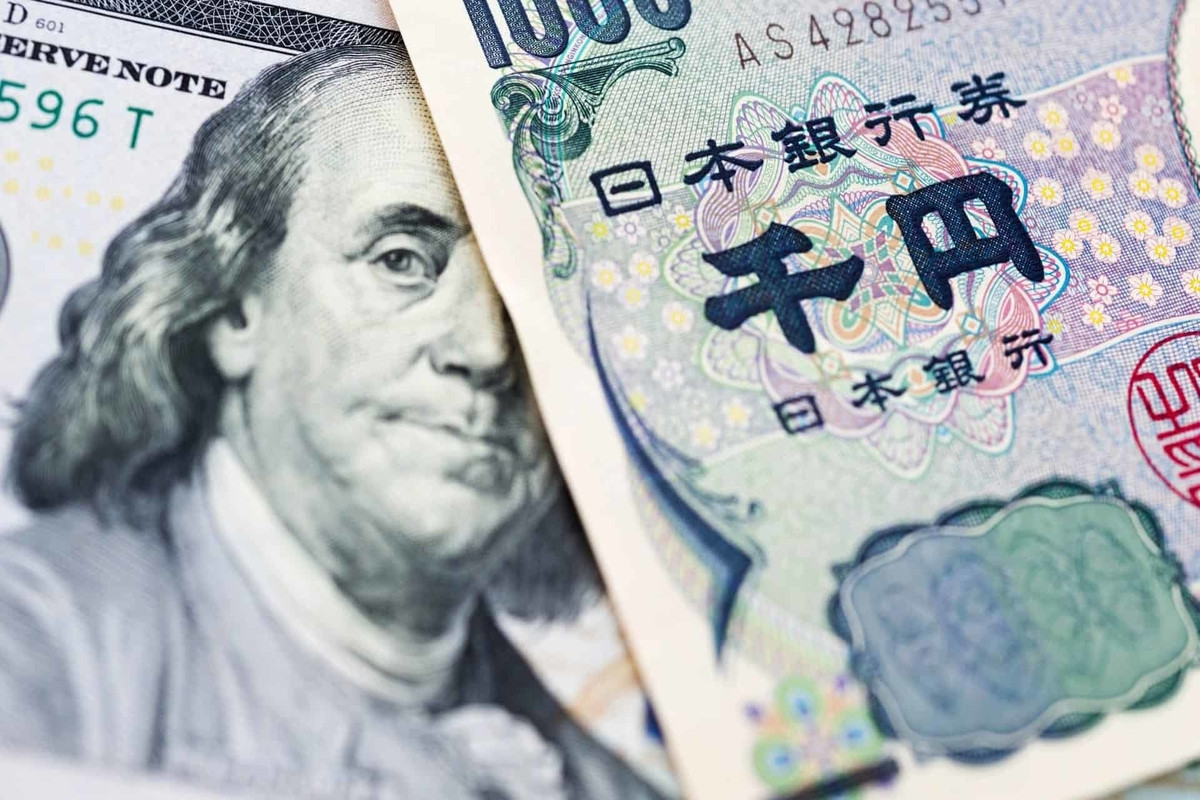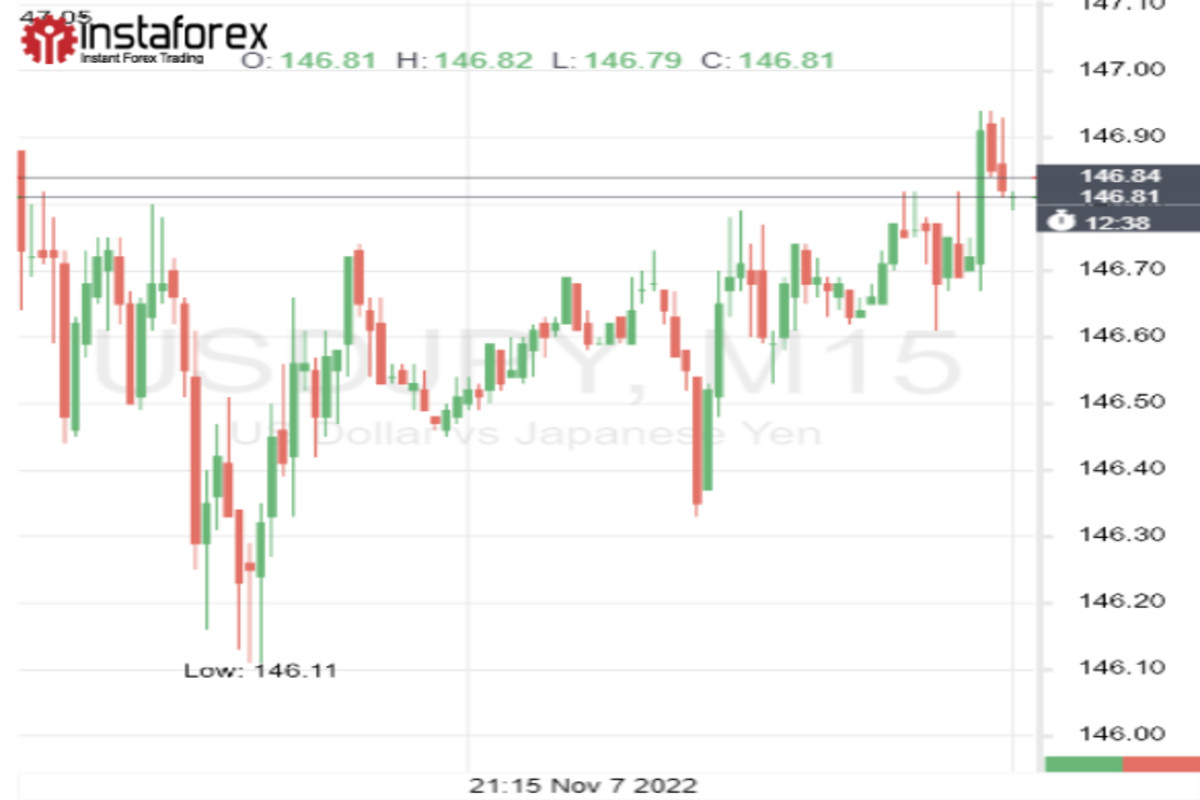
Recently, the king dollar has increasingly begun to show signs of weakness, even paired with the main loser of the year - the yen. Does this mean that USD has already exhausted its bullish potential?
The dollar's wings were clipped
For almost the entire past year, the US currency has been the star of the foreign exchange market. Thanks to the Federal Reserve's aggressive policy, the greenback was able to strengthen significantly in all directions, but most of all against the yen.
Since the beginning of the year, the dollar has risen in price against the JPY by more than 20%. Such impressive dynamics was facilitated by a sharp increase in the differential of interest rates in the United States and Japan.

In order to curb record high inflation in the country, US officials have already conducted several rounds of rate hikes over the past eight months.
Meanwhile, their Japanese counterparts continue to maintain an ultra-soft exchange rate and keep rates in negative territory.
Last week, the divergence in the monetary policy of the Fed and the Bank of Japan escalated even more. The reason for this was the hawkish statement of the head of the US central bank.
Fed Chairman Jerome Powell made it clear that the central bank does not intend to slow down the pace of tightening yet and the final level of interest rates in America may be significantly higher than previous estimates.
Now most analysts expect that the indicator will reach 5.00% next year. Such a scenario assumes several more cycles of aggressive rate hikes, which should ensure a steady growth of the dollar for at least several more months.
However, why does the US currency ignore Powell's hawkish comments now and weaken in all directions, including against the yen? Sluggish economic data is to blame for everything.
The report on employment in the non-agricultural sector of the United States published last week showed that the unemployment rate in the country rose to 3.7%.
This further increased traders' fears about the recession and its possible side effects.
If the US economy continues to show signs of slowing down, the Fed may well reduce the degree of its aggressiveness towards interest rates, even despite the populist promises of Powell.
The likelihood that the US central bank will move to less hawkish actions is a strong negative factor for the dollar, which now overshadows any positive catalysts.
What can bring the dollar back to growth?
Yesterday, the dollar experienced another loud sell-off in all directions, including against the yen. The intraday low for the USD/JPY pair was the level of 146.08, which is 1.9% lower than last week's high.
At the start of Tuesday, it found the strength to return to growth again. But its dynamics looks modest: at the time of release, the quote rose by 0.1%.
The dollar is growing ahead of the midterm elections to the US Congress. It is also slightly supported by news from Japan.
This morning it became known that Japanese Prime Minister Fumio Kishida is going to approve an additional stimulus budget of $198 billion.
In addition, a summary of the BOJ's opinions was published on Tuesday. The report showed that during the October BOJ meeting, 8 out of 9 members of the central bank's board stressed the importance of maintaining an ultra-soft monetary policy, since price growth in the country is not sustainable.
Only one official said that further acceleration of inflation could not be ruled out, and therefore the central bank should be ready to adjust its monetary rate.
As we can see, hawkish sentiments are beginning to appear in the ranks of the BOJ. But one opinion is clearly not enough for the BOJ to radically change the strategy it has been following for almost ten years.
Some analysts believe that the central bank may move to normalize its policy in the second quarter of 2023, when the term of office of the current head of the BOJ, Haruhiko Kuroda, ends. He is due to leave office in April.
As long as Kuroda's dovish stance remains at the helm, the BOJ's position will remain unchanged. This could further weaken the yen, especially if rumors of a possible slowdown in the pace of tightening in the US are not confirmed.
We can see the implementation of such a scenario in the near future – after this week's release of US inflation statistics for October.
If the consumer price index drops slightly, the market will regard this as another signal of the continuation of an aggressive anti-inflationary campaign in America. In this scenario, the dollar can get a powerful boost for growth.
Otherwise, if the inflation data turns out to be weaker than forecasts, we may witness a further decline in the green currency and a strengthening of the yen.
 English
English 
 Русский
Русский Bahasa Indonesia
Bahasa Indonesia Bahasa Malay
Bahasa Malay ไทย
ไทย Español
Español Deutsch
Deutsch Български
Български Français
Français Tiếng Việt
Tiếng Việt 中文
中文 বাংলা
বাংলা हिन्दी
हिन्दी Čeština
Čeština Українська
Українська Română
Română

